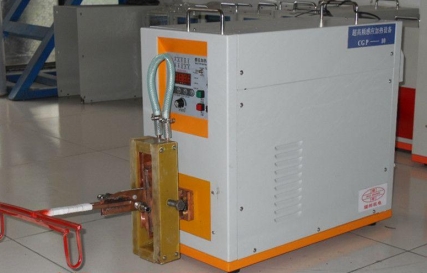- 04
- Oct
What are the common heating methods for induction hardening?
What are the common heating methods for induction hardening?
Due to the different shapes of the induction hardening heating parts of the high-frequency hardening equipment, the area of the hardened zone is different, a variety of suitable processes must be used to operate, in principle, it is divided into two categories:
(1) Simultaneous heating and quenching The entire hardened zone is heated at the same time, and cooling is performed at the same time after the heating is stopped. During the heating process, the relative position of the parts and the inductor does not change. At the same time, the heating method can be divided into rotating or non-rotating parts in the application, and the cooling method can be divided into two types: falling into a water sprayer or spraying liquid from an inductor. From the perspective of increasing the utilization factor of generators (except for one generator supplying multiple quenching machines), the productivity and utilization factor of generators are both higher than those of the inductor spraying method when the parts fall into the sprayer after heating.
(2) Scanning quenching is often referred to as continuous quenching. This method only heats a part of the area that needs to be quenched. Through the relative movement between the inductor and the heating part, the heating area is gradually moved to the cooling position. Scanning quenching can also be divided into non-rotating parts (such as machine tool guideway quenching) and rotating (such as cylindrical long shaft). In addition, there are scanning circle quenching, such as the outer contour quenching of a large cam; scanning plane quenching, such as flat round file plate surface quenching, also belongs to the category of scanning quenching. Scanning quenching is suitable for situations where a large surface area needs to be heated and the power of the power supply is insufficient. Extensive production experience shows that the part productivity of the simultaneous heating method is higher than that of the scanning quenching method when the power supply is the same, and the area of the quenching equipment is reduced accordingly. For shaft parts with steps, during scanning quenching, due to the deviation of the electromagnetic field of the inductor from the large diameter to the small diameter step, there is often a transition zone with insufficient heating, which makes the hardened layer discontinuous over the full length of the shaft. Nowadays, the simultaneous longitudinal current heating method has been widely adopted in China to keep the hardened layer of the stepped shaft continuous over the full length, so that the torsional strength of the shaft is improved.

